
Bench Hut Backcountry Skiing
Jump to: Reservations / Map / Comments / Helpful Links
Updated February 2020
Before I went on this trip, I considered myself an abysmal skier. When I say abysmal I mean that I had skied a total of four times in my entire life and was a falling-leaf level snowboarder. To prepare for this trip I did as many resort days as I could, but was still a total amateur. Generally, the backcountry is not the ideal place for beginner level skiers. Fortunately, I have several friends who took me under their wing and are not only great skiers and avid winter outdoorsmen, but have also completed the AIARE 1 avalanche awareness course.
This is a good time for a cautionary announcement: skiing in the backcountry can be dangerous and unpredictable. AIARE 1 is a course which focuses on developing a beginner level understanding of how terrain and weather conditions affect the probability of avalanche occurrence and what to do if a partner is caught in an avalanche. You will by no means be an avalanche expert after completion, but nonetheless, I highly recommend this course for anyone interested in backcountry travel in avalanche terrain. I have since completed AIARE 1 through Sierra Mountain Guides in Mammoth Lakes, CA.
We reserved the Bench Hut in the Sawtooth Mountains, one of several backcountry huts and yurts in Idaho managed by Sun Valley Trekking. The trek to the Bench Hut is 5 miles from the road at Redfish Lake and we spent a few days in the wilderness exploring the surrounding ski runs and lakes. In contrast to my usual camping trips, we had a hut to go home to each night which made this more luxurious in every other way.
For this trip, I brought my normal ski clothes but rented all of my ski and avalanche gear from Backwoods Mountain Sports in Ketchum, Idaho. I cannot recommend them enough – despite my newbie questions they were incredibly friendly and helpful. At first the touring bindings seemed a little complicated but they ended up being very straightforward to use. Luckily I had a day before we departed for the hut to try my new rental skis out at the Sun Valley resort just doing normal downhill.
One advantage to winter travel is you have the opportunity to pull your gear on sleds knows as “pulks” instead of on your back. The guys chose this method of transport using some clever home built pulks fashioned out of fiberglass rods and plastic sleds bought at a hardware store. The night before departure, the pulks were assembled and loaded with food, beer, and wine from the grocery store in town. I carefully organized my backpack and set out clothes for the next day before getting a restful night of sleep.
Skiing to the Hut
After just one full day in Ketchum it was time to ski to the Bench Hut. We woke up early and met with our guide, Niels from Sun Valley Trekking, who would break trail and get us setup at the hut. Since several of the guys in my group are experienced backcountry skiers we opted to not have a guide stay with us at the hut. However, Sun Valley Trekking can set you up with guides, porters, and even someone to cook your food!
The drive from Ketchum was a little over 1 hour. I was feeling a little nervous about the trip but the drive was absolutely beautiful with the recent snow. It seemed like no time had passed when we pulled over onto the shoulder of ID-75N just past the turnoff for Redfish Lake Rd. I wasn’t feeling ready yet, but I got into “go” mode just like any other backpacking trip and started getting all my gear prepped in the snow. I applied my rental skins to the skis for the first time, which was actually pretty easy with the help of Niels. He suggested applying wax to prevent the new wet snow from sticking to the skins. He also confirmed that despite the high avalanche danger in the Sawtooth mountains at the time, we would not need to wear our beacons for the initial trip to the hut because the route did not lie in avalanche terrain. Once at the hut, beacons were used during all travel out into avalanche terrain.
After getting our skis situated we set off down the trail which paralleled the road briefly. More specifically, Niels was making the trail in feet of powder! For those who have not done it, breaking trail in snow is an exhausting process requiring compressing down the loose powder to a proper skin track. Traveling on backcountry skis is a lot easier on a skin track than for the person breaking trail. The last group out to the Bench Hut had gone in days earlier and their tracks were long filled in with snow, but Niels does this trip regularly and knew the exact route. To start, the trail crossed over a scenic bridge at the outlet of Little Redfish Lake at which point we reached the road and skied a gradual slope uphill. It was nice easy terrain to start on, and I was feeling great. The ski into the hut really reminded me of my usual backpacking trips, just with slightly different motions at my feet! As we passed the lake we took off some layers – it was getting very warm skiing uphill although the temperature was in the 30s.
We turned off the road at the Redfish trailhead and the uphill really began. I can’t imagine how tiring it must have been for Niels breaking trail the whole time in front of us but he kept a nice steady pace with a couple rest breaks on the way up. The trail passed through a forest before we reached a ridgeline above Redfish Lake. By the time we were on the ridge we were a good distance along the lake and I really enjoyed the open views of the mountains around us. I started to feel pretty exhausted on our last mile but luckily it flattened out with some small rolling hills, giving me an opportunity to test tiny lengths of downhill skiing (with the skins on). I only fell once! Since I was carrying a large backpack I had to get used to a different center of gravity on the skis.
The Bench Hut
I was so happy when the Bench Hut appeared through the trees! My legs were sore from the trip in and I did not adjust my boots properly so I could feel some pretty large blisters forming. Niels gave us a rundown of the facilities outside the hut – two outhouses and a sauna room. Inside he gave us a detailed orientation of the slopes and features in the area as well as housekeeping rules inside the hut. The hut had several bunk beds (both double and single), two wood burning stoves, a 3-burner propane stove for cooking, a full set of kitchenware, and a nice dining area with maps, magazines, books, and board games. Niels took off and some of the guys decided to visit the slope immediately behind the hut, called “The Crapper”. I was beat from the ski in so I unpacked my gear and rested in the hut before dinner.
We had 3 full days at the hut, plus a day skiing in and one skiing out. We really lucked out with weather – each morning we were greeted with at least a foot of fresh powder! We tended to sleep in a little and have breakfast before heading out to explore the area. We would return to the hut for lunch, although sometimes a little late in the afternoon. Then the guys would typically go out again in the afternoon and we would all take care of chores before dinner. Each night we would make one large dinner for the group. Since we were able to store perishable foods outside in a cooler, the meals were pretty spectacular! We also had a solid ration of wine and beer carried in on the sleds.
Here are a few places our group visited during our stay at the Bench Hut:
The Crapper
This was described as a nice beginner hill right behind our hut. Given the proximity the group did several runs on The Crapper each day and even dug out a sled track. Each night we got several new inches of snow so any tracks from the prior day were filled in! This also made skiing on The Crapper exhausting because we were up to our knees in fresh powder for each run.
The Triangle
We hiked the Triangle on our first full day at the hut since it was just beyond the Crapper along the ridge. The guys headed farther up the hill but I stayed below and enjoyed the stunning views of Redfish Lake.
Bench Lakes Tour
Just beyond the Crapper were the Bench Lakes. On another day we skinned up and over the Crapper and skied down to the edge of frozen Bench Lake 2.
Surprise
Hiking around Bench Lake 2 opened up several more ski slope options. Part of our group headed up Surprise, a wide route with views of surrounding lakes and peaks.
Leaving the Hut & Future Ski Plans
On our 5th day we tidied up the hut and started back to civilization. We followed a similar route back out from the hut based on memory and GPS tracks, although not close enough to cross paths with the group coming in unfortunately. We kept the skins our skis since the exit was through rolling hills and the trail leveled out on the road. The trip out was exhausting, even with the downhill, and it started snowing on us once again. I was happy to see the car!
Although I was nervous about my first journey into the winter backcountry, I’m glad I got out of my comfort zone and found a way to extend my backpacking passion into the winter season. I originally considered skipping out on this trip due to my inexperience but I am so thankful for supportive friends who helped me along the way. Since the trip I have done more downhill skiing, purchased my own set of backcountry skis, and gone on other backcountry ski trips in the Sierras. Plus I completed the AIARE 1 course so I can be more informed and a bigger part of the decision making process. I am looking forward to more backcountry adventures!
Logistics
Once a hut or yurt is booked the travel in and around Sun Valley and Ketchum is pretty straightforward. Ketchum has a couple options for backcountry gear rentals as well as grocery stores for arranging food. And as mentioned above, the most important detail is traveling with experienced friends or guides to stay safe in avalanche terrain!
Reservations
Sun Valley Trekking huts and yurts may be reserved online. The Bench Hut cost as of 2020 is $400 per night for up to 8 guests, with $50 for each additional person. Unless someone has previously visited the hut, a guide is required to lead the group in for a fee of $300. Add-on amenity options include a porter service, snowmobile tow, and guides. View the website for more details.
getting there
Sun Valley (SUN) is only a 2.5hr flight from Los Angeles and we opted to spend a couple extra days in town to ski at the resort and explore the area. We rented a car and booked Airbnb lodging. We reserved a van to transport us to the Redfish Lake trailhead (about 1 hour away) and to pick us up in the afternoon of our final day.
Season
Hut reservations may be made from November through May via the Sun Valley Trekking website. We reserved the Bench Hut in early February and had an incredible amount of snow and fresh powder! See links for current avalanche and weather conditions.
Recommended Reading
Staying Alive in Avalanche Terrain
This was one of the books at the Bench Hut. I read several chapters during breaks from the slopes!
>> Click here for my gear recommendations
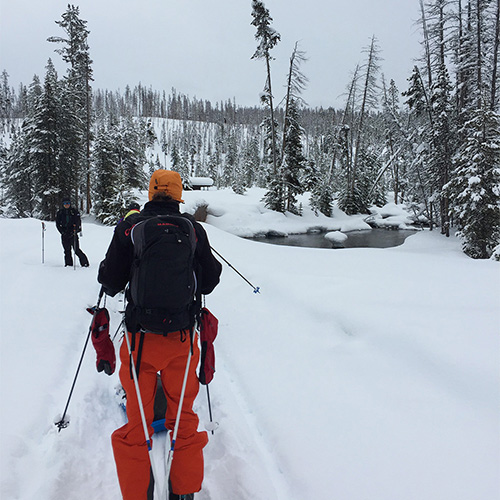
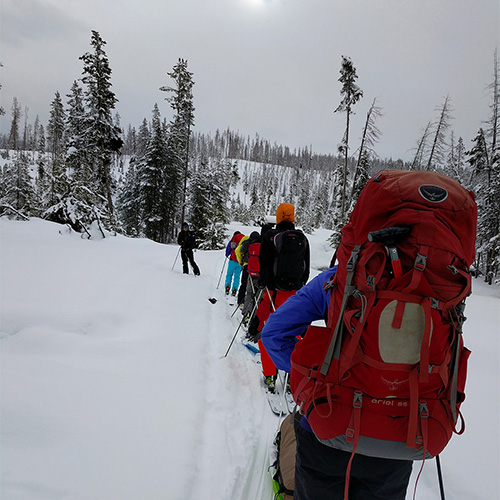
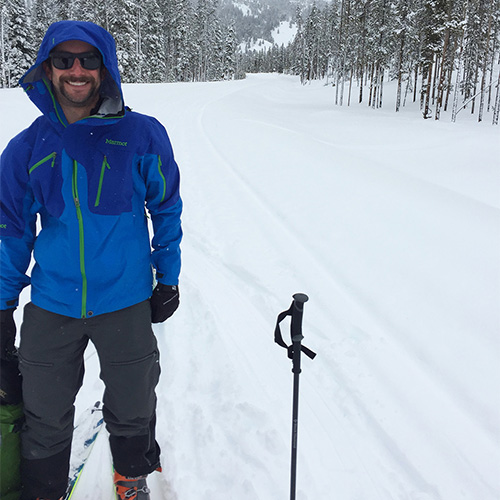
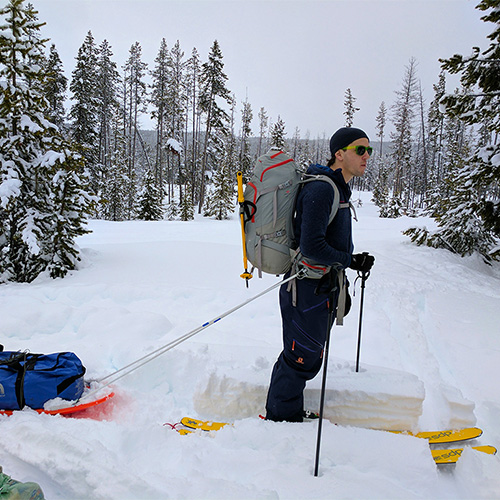
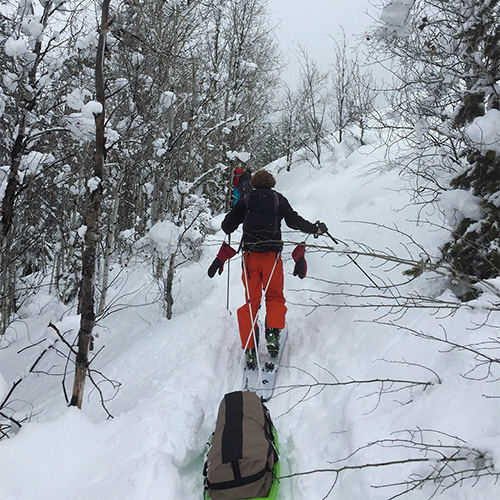
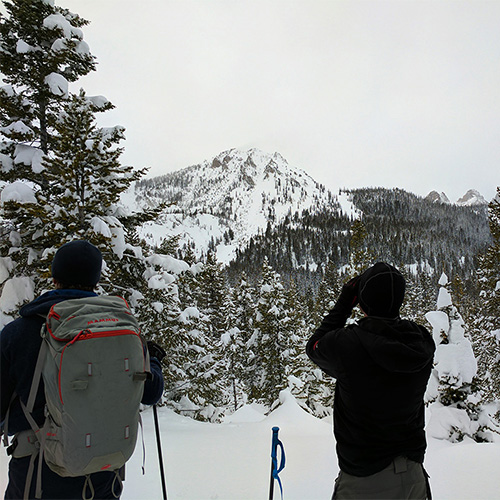
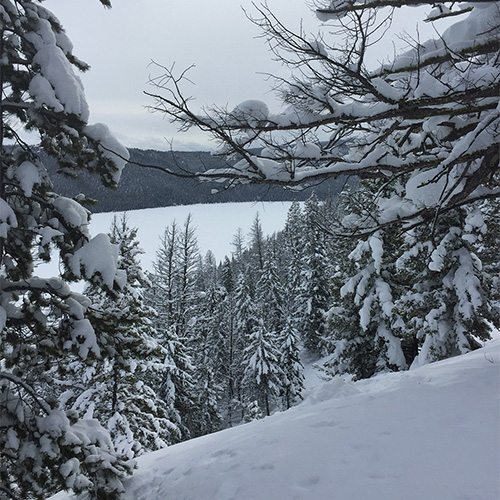
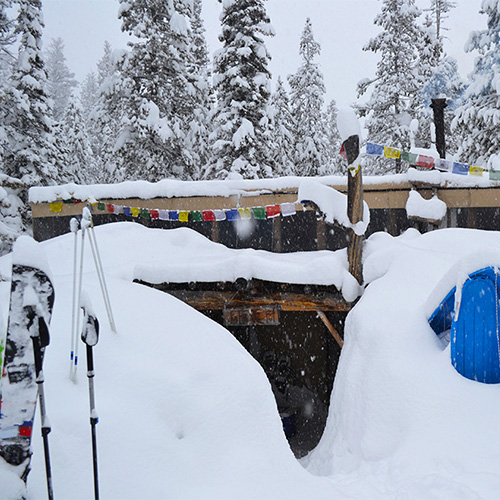
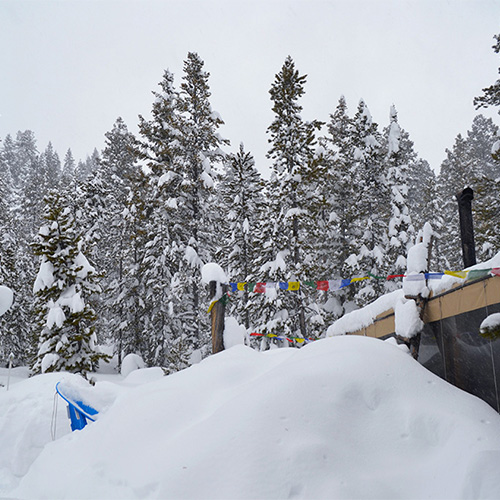
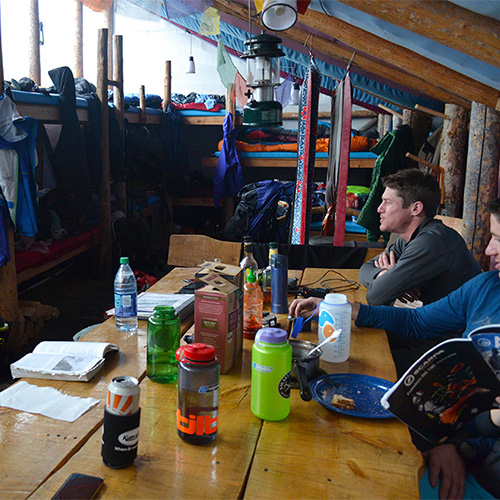
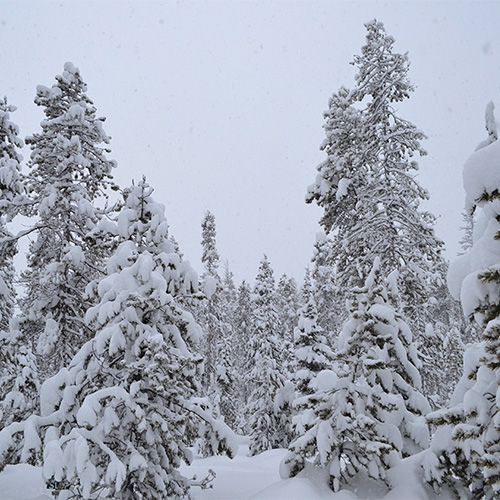
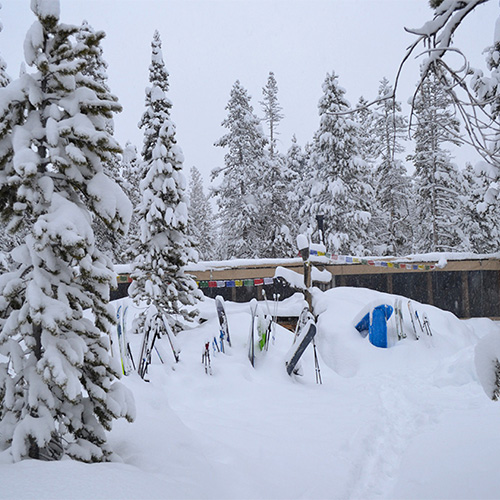
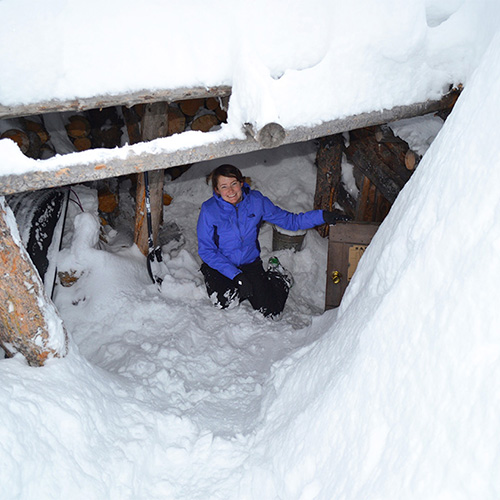
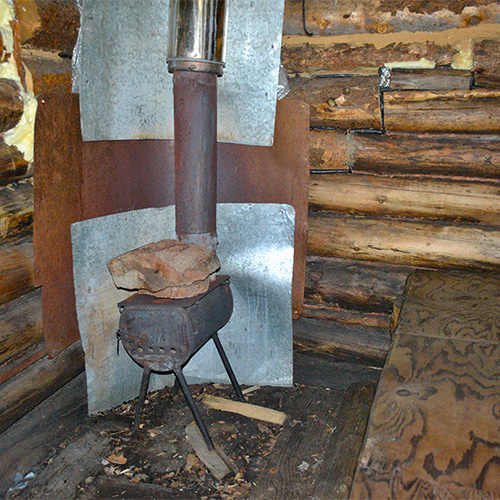
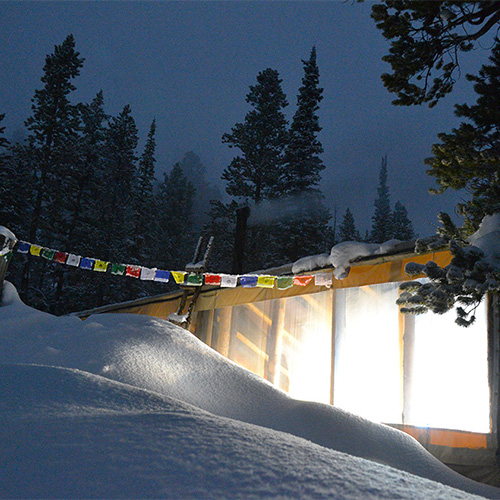
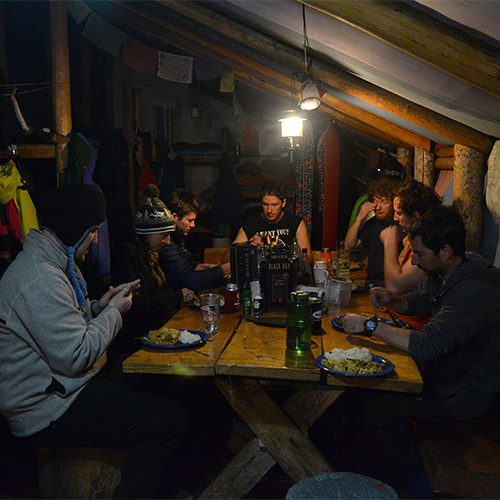
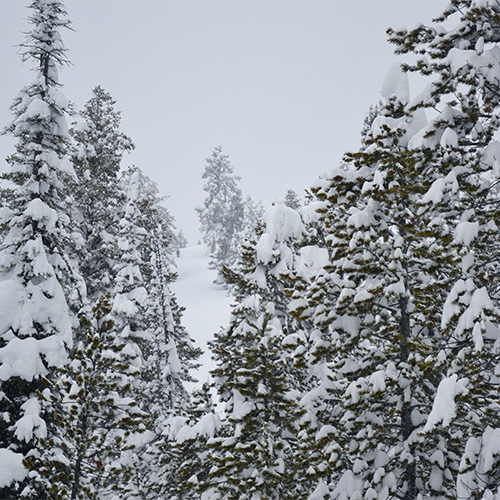
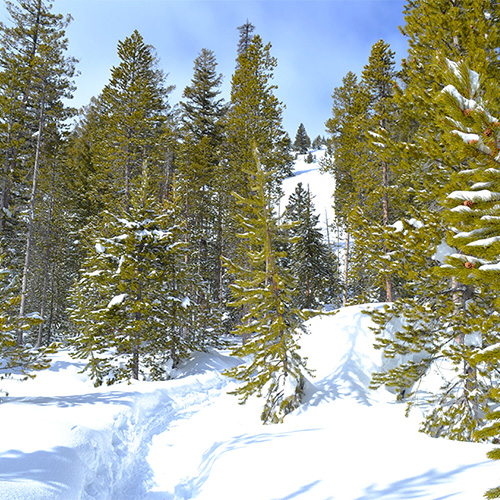
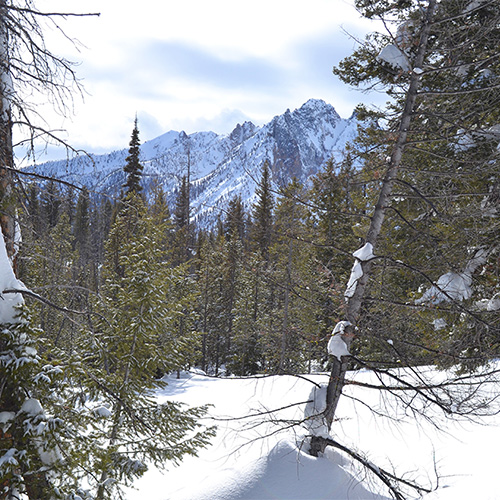
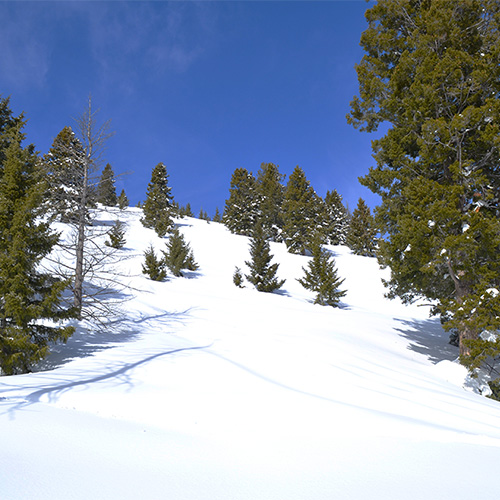
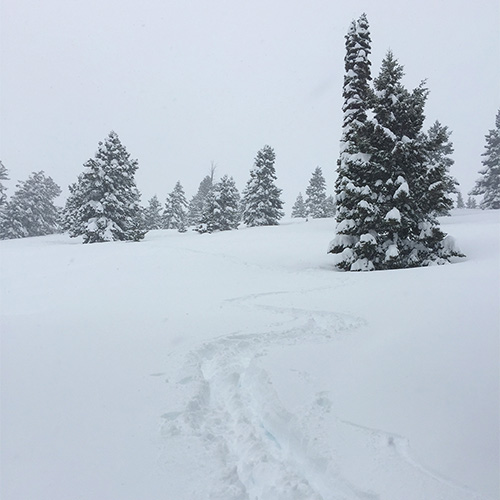
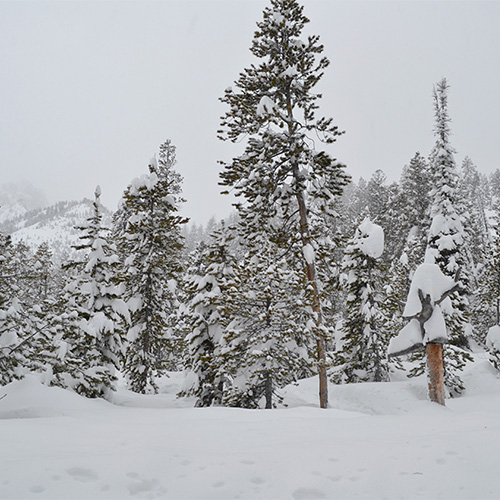
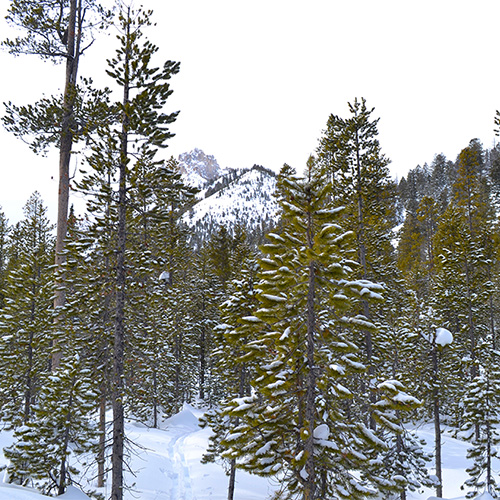
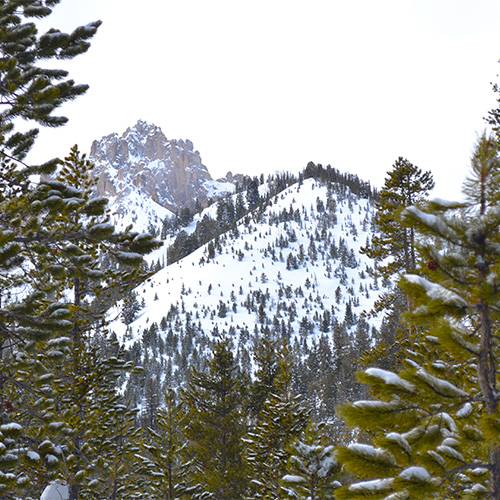
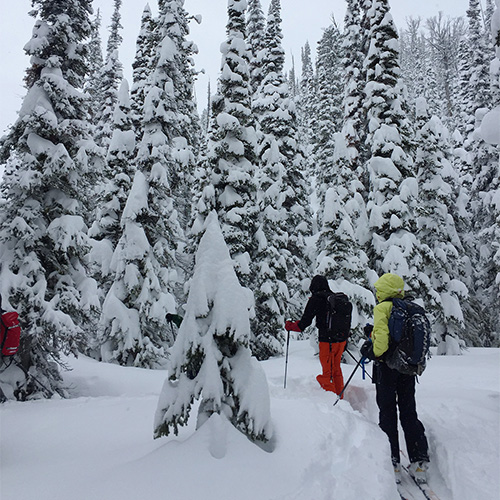
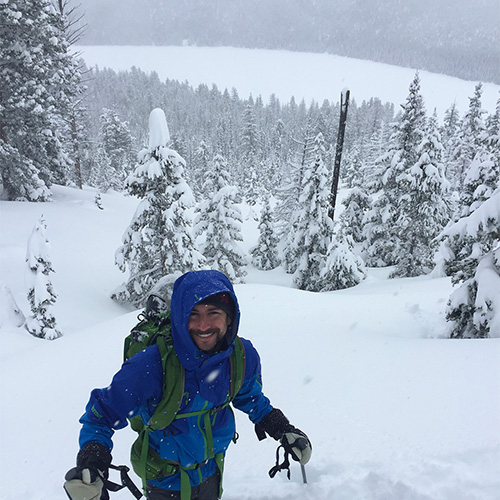
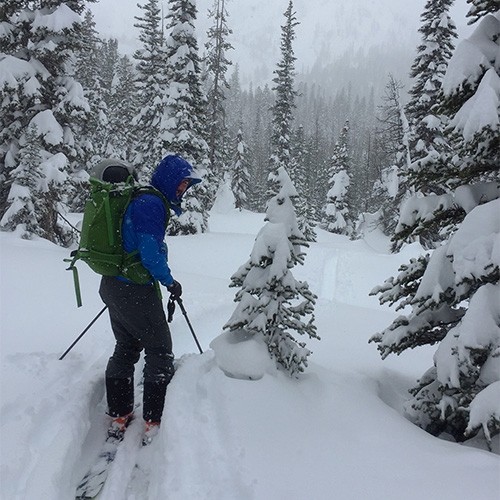
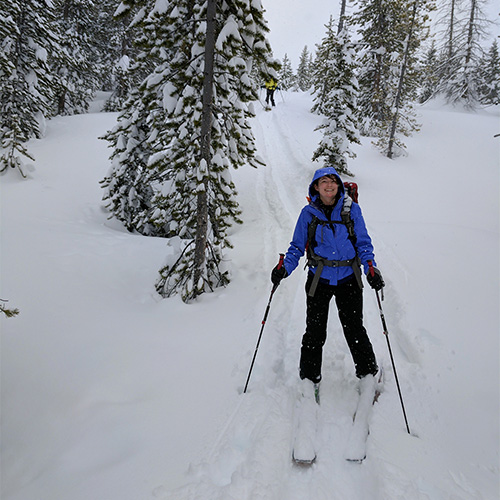
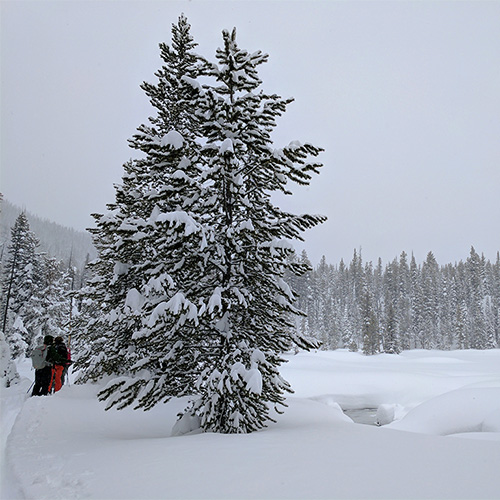
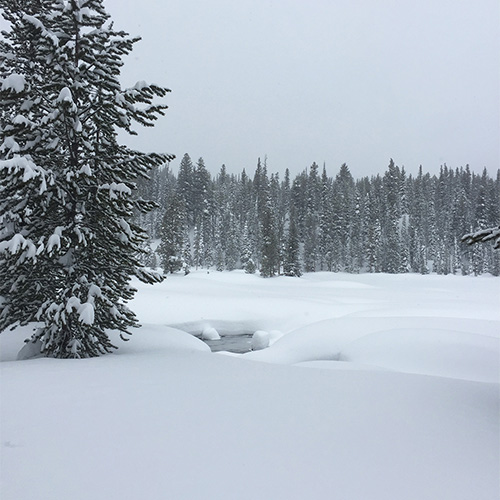
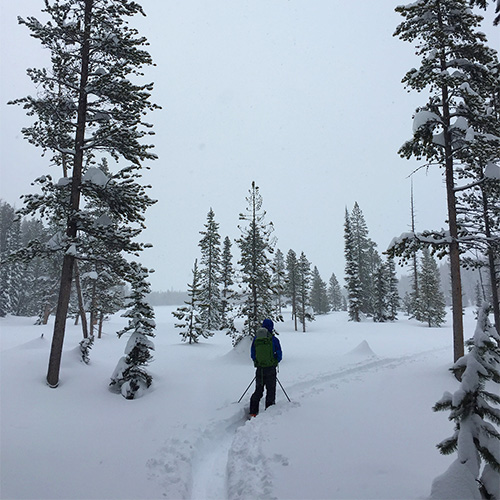
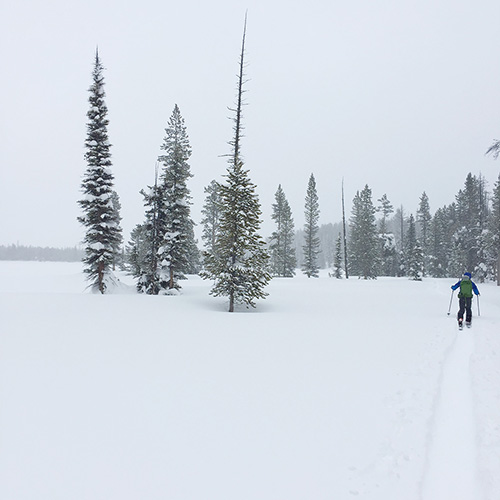
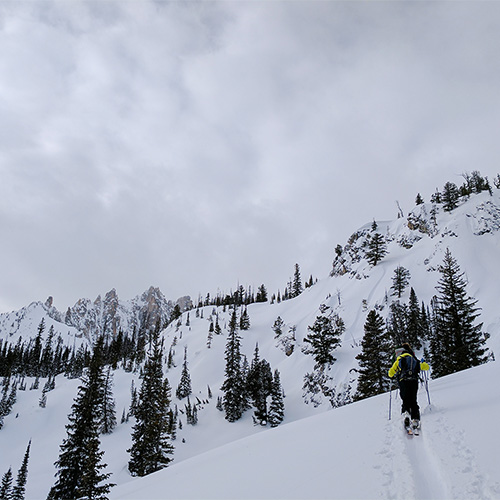
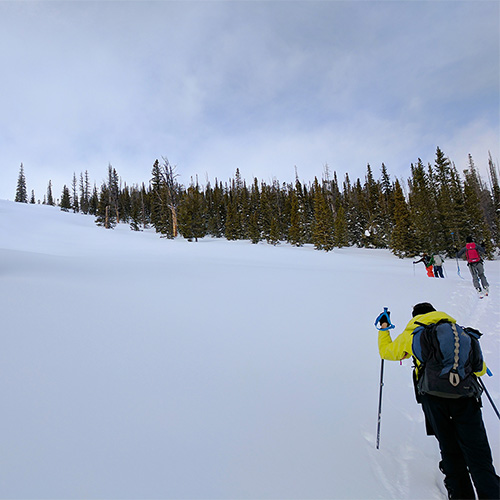
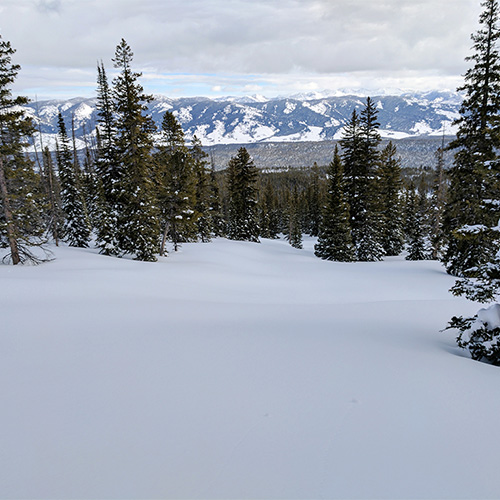
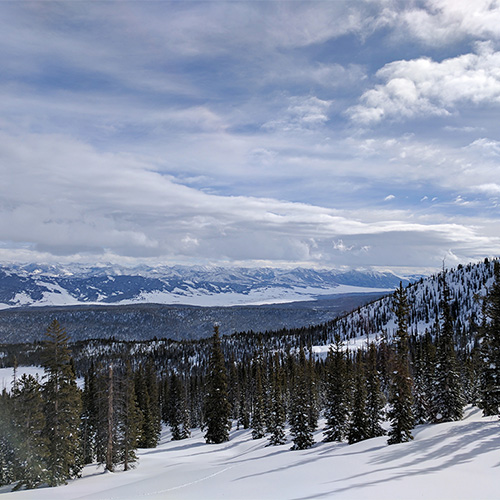
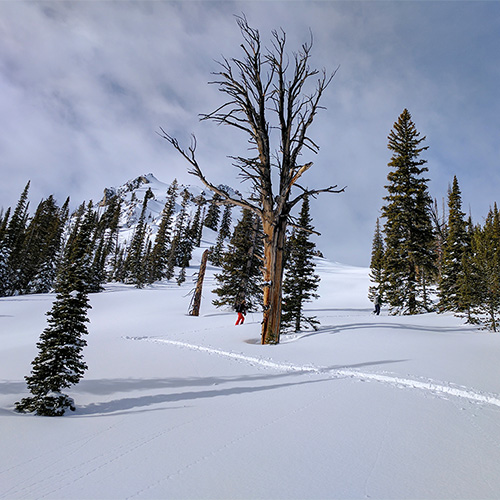
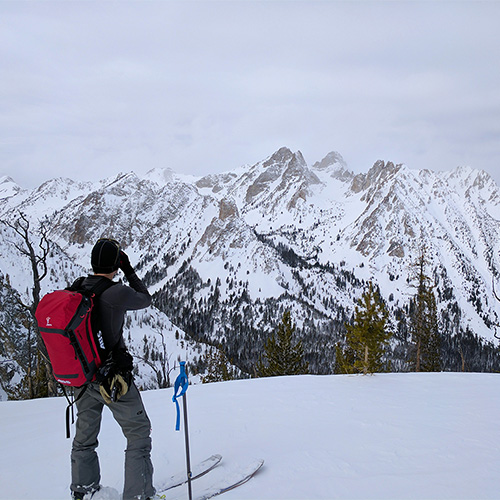
Comments